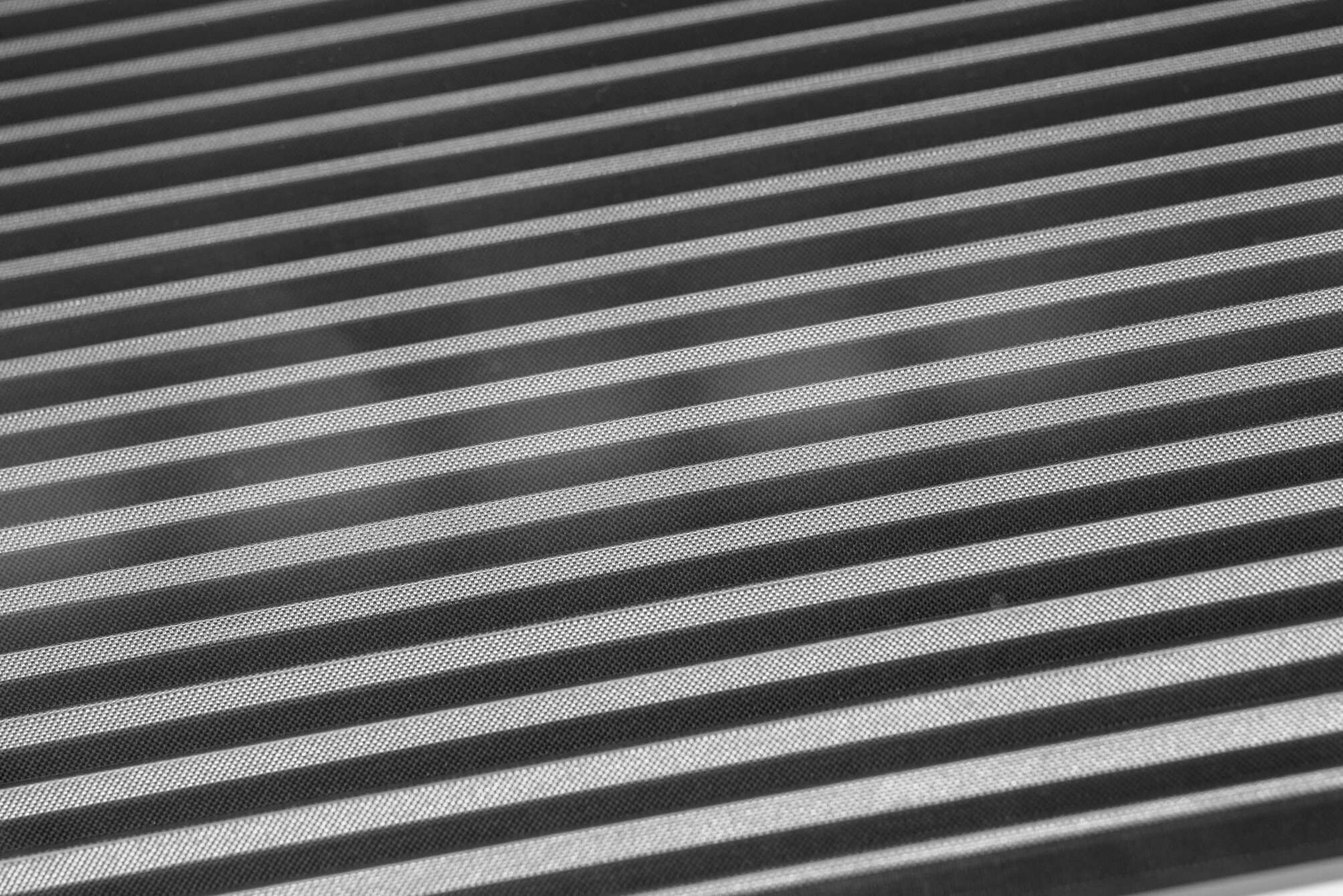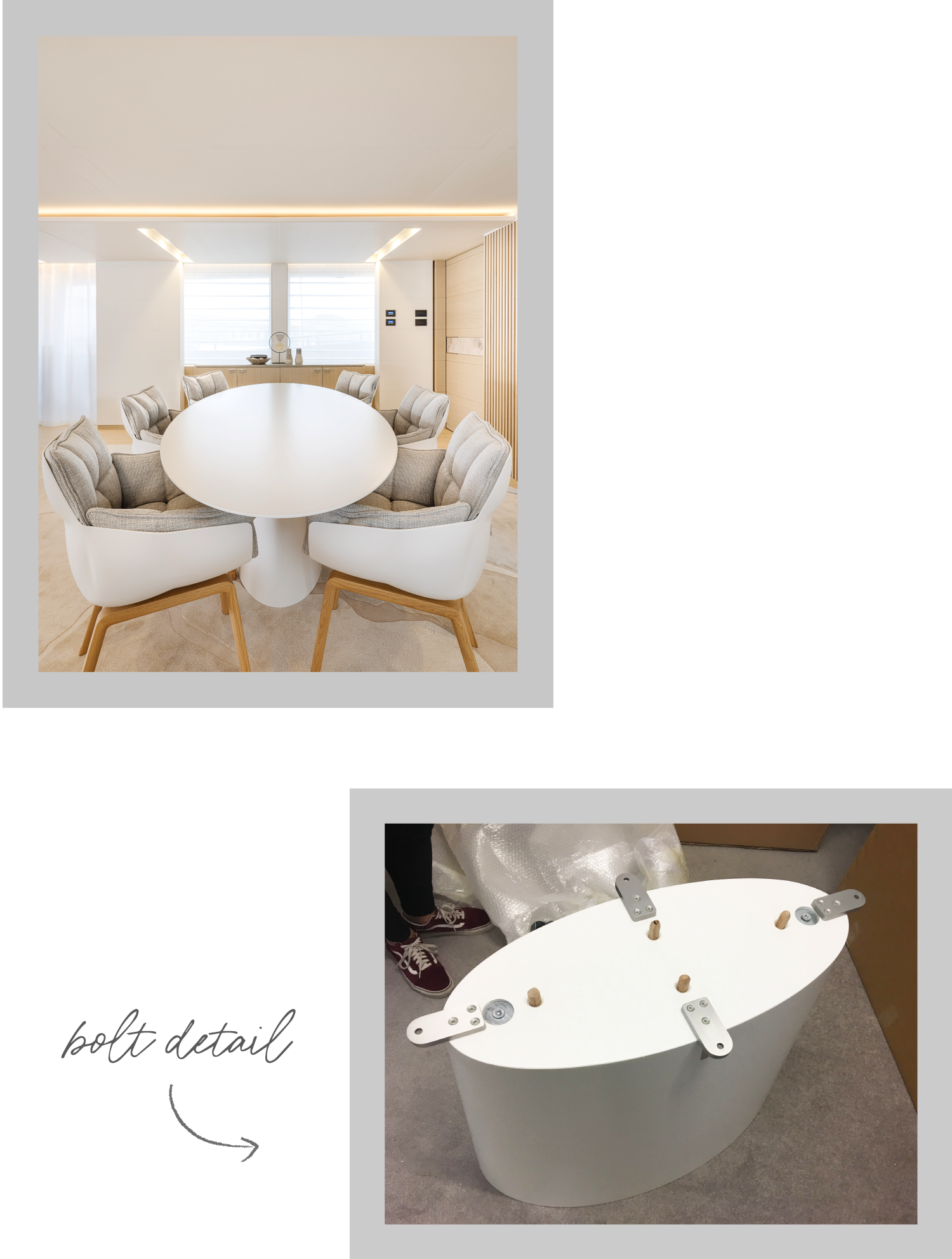
Curated Collections
A trove of stories glimpsing luxurious obsessions, desires and peculiarities

Issue № 3 –
Dining Spaces
Spaces can evolve over time to better suit the needs of the client and be thoughtfully curated to offer an enhanced experience. Dining rooms are first and foremost spaces for meals, but with creative design, they can be so much more.
From adapting to meet the evolving functions of a dining room, to thoughtful furniture selection and lighting design that set the tone for the right setting, we discuss a plethora of considerations that comes into play when we design for a dining space to meet client requirements, as well as elevate their dining experiences.

Designing for Formal and Casual Settings
When designing for different dining settings, we need to start imagining what goes on during these meals, how the meals will be consumed, and match dining concepts as well as the style of the space. This will help us craft the type of furniture and fittings best suited for the dining space.
In formal dining settings, people may be more interested in engaging in conversation while eating, whereas in casual dining settings, people may enjoy simultaneously doing other activities such as watching television or reading while eating.
So, in formal dining settings for instance, furniture selection for sustained comfort is important. As people will be conversing during the meal or over courses, they will be at their seats for longer periods of time. Thus, comfortable seating is important.
In our project at Leedon Residences Duplex, the same dining space can be used for a formal dinner, as well as a casual family gathering with the use of a customised piece of furniture. We designed a special console with a retractable and rotatable television, so that the family can hide the TV for formal meals and also reveal it during more casual times. This TV console divides the living and dining area too, so the TV can be turned around for use in the living room.
Thus by considering the family’s dining habits as well as catering for different settings, we can creatively design features to suit their needs.

Curating the Right Dining Furniture
Over the years, product and furniture designers have innovated upon the humble dining table; exploring a range of features to amplify its functions and really tailor for specific dining needs.
We have had clients who enjoy hosting steamboat parties and have requested for custom made dining furniture that would conceal appliance wires and power points. Besides fabricating custom pieces, we have also curated appropriate furniture pieces that answer their needs.
In one example of a client, we selected designer Patricia Urqiola’s Burin for their dining table. (View Burin here) The Burin table comes in a range of finishes, heights and dimensions – all customisable to suit varying needs. It also features the add-on option for a concealed integrated electrification. When required, our client is able to pull out electrical connections to power their dining appliances and after use, they can be neatly stored away within the elegant and sculptural table. Its design also allows it to double up as a work table for laptop use, if required.
(Images on left courtesy of Viccarbe)
In Chinese dining settings, the lazy Susan is a key dining table component to facilitate an easy sharing and distribution of dishes amongst diners. As part of the Home Hotel Collection, designer Jean-Marie Massaud created a table with an integrated swivel top that is flushed into the surrounding table top – a contemporary, sleek and refreshing take on the lazy Susan. A hidden detail under the table causes the swivel top to pop up when something is inserted into it, to allow for easy cleaning underneath. (View table here.)
Other than dining tables, careful thought can also be given in the selection of seating. For settings where diners have to get up and move around often, armless chairs or even swivelling chairs may be used. These help to facilitate easier movement and also reduce a need for moving their seats in and out of the table, which requires a lot of space. To seat more people at the table, opting for chairs without arms may also be more ideal.
Chairs with arms may suggest a more formal, or even slower dining. They are also great if the users envision using the dining table for doing work every once in a while.
(Images on right courtesy of Poliform)

Lighting Up Food and Interiors
Depending on the intentions of the client, lighting pieces can beautiful visual features or provide wow factor. Sometimes these alone are not enough to highlight the food and table settings, interior features or artwork, and we need to discreetly plan downlights in the space, while paying attention to glare control.
Type of Dining Table
The type of dining table affects the type of lights chosen too. This is because the way food is placed on a round table versus a long table is different. With a round table, we assume a star dish or display piece will be placed at the centre, so it is typical to light the centre as a focal point.
For example at Boulevard Vue, food is placed on the lazy Susan in the middle of the table, thus the pendant light hanging right above the centre of the table highlights the food. For rectilinear tables, the focus instead is on providing overall coverage to light up individual plates as shown in Leedon Residences Duplex.
Top Image: Boulevard VUE – A pendant light that hangs above the flushed swivel top or Lazy Susan accentuates the food on the table.
Bottom Image: Leedon Residences Duplex – For a long table, lighting up individual dishes is key.
Using Lighting to Create Enchantment in Small Spaces
In a private show kitchen with space constraints, the highlight is the dry kitchen bar where the client invites private chefs to cook for family and friends. The low ceiling and cabinet doors are cladded with mirrors which visually extend the space. We carefully designed for a lighting feature with soft, glowing, branching elements and took advantage of the mirrors which ‘multiply’ the lights. Under the spectacle of this enchanting ‘foliage’, the owners and their guests could enjoy culinary theatre to its fullest.
Surface of the Table
The surface of a table is another factor that influences the type of light selected. For example, a black marble polished table doesn’t catch light as well so there will be a lot of reflection, thus where we aim the light source is important. In the image on the left, the pendant light hanging above the dining table at Boulevard Vue is reflected in the middle of the black marble tabletop, exuding a majestic and luxurious feel.
If a table is covered by a tablecloth, or if it is made of wood, which is matte, a bit of lighting can go a long way. (See images below)

Lighting to Create the Right Mood and Atmosphere
Understanding clients’ habits is important too. If they entertain a lot, more intimate and atmospheric settings are needed for fine food and dining, and dimmed lighting is essential. If the space comes with other functions such as work and meetings, we can make use of natural lighting in addition to lighting fixtures to create different moods in the day and at night.
In the dining room of one of our clients, positioning the table to capture the daylight and shadows creates a casual and relaxed atmosphere. At night, the lights accentuate a warm and intimate environment. In the day time, a play of natural light and shadows create a casual and laid back atmosphere. (See image below.)


Aboard Princess Yacht
One unique setting we designed was for the Princess Yacht, a 40m-long luxury yacht. For this project, we specially selected the furniture, fittings and utensils for functionality and luxury. In designing for a moving vessel, another level of consideration was needed.
In designing a space that can move or rock at sea, we implemented placemats or items with anti-slip properties. We chose utensils, fittings and furniture with a lower centre of gravity (CG) so that they would be more stable.
A heavy item with a high CG could become a dangerous object if it comes loose and starts rolling around. It is therefore important to consider the stability and secure placement of furniture.
The dining tables had to be bolted to the floor and hence the table material had to be carefully chosen, such as avoiding the use of glass. In the outdoor spaces, the seating furniture is integrated with the table so that they are steadied and secure when the yacht is travelling on rough seas. The furniture pieces also come with rounded corners to prevent accidents and injury.



















